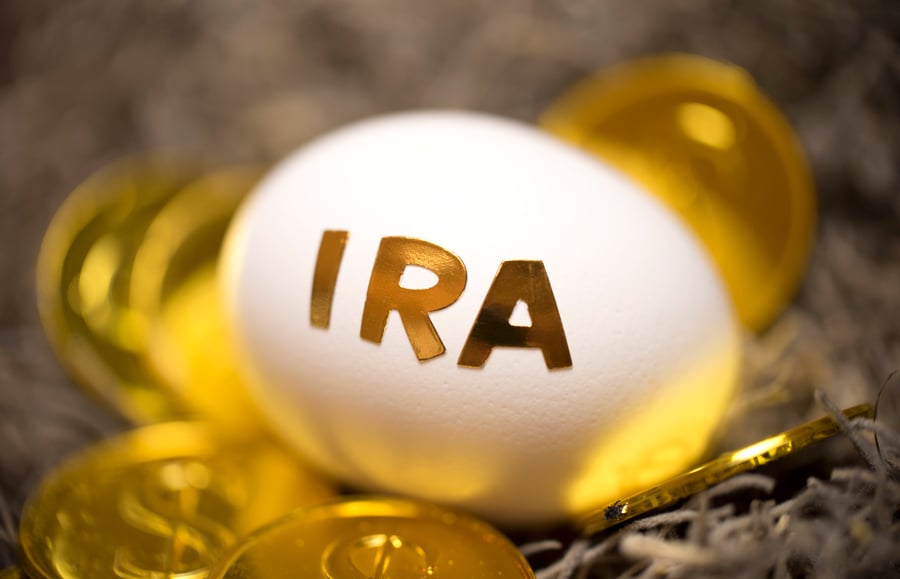

Two states – New York and Illinois – are working to pass legislation that would give a big boost to auto-IRA initiatives.
Last week the states advanced respective bills, with the one in New York amending its voluntary IRA law to an automatic design and the one in Illinois dramatically lowering the threshold for mandatory participation in its existing program.
New York passed its voluntary IRA legislation in 2018 but has yet to implement a program. The state appears to have been swayed to change the law because of New York City’s recent passage of an automatic IRA program for private-sector workers.
If the state does move forward with the auto-IRA legislation, the city’s program could eventually be folded into the state’s, said Angela Antonelli, executive director of Georgetown University’s Center for Retirement Initiatives, in an email.
“The New York City bill includes a provision that if the state passes a similar program (requiring employers who do not already have a plan to use the city-facilitated program), it would merge into the state program,” Antonelli said. “Because the state adopted its program in 2018 and has failed to implement it now for three years, New York City clearly decided it wasn’t going to wait any longer and would offer its own program that will provide access to more than 1.5 million workers.”
The New York general assembly passed the bill May 11, and the legislation is now in the state senate.
The proposed change to the Illinois Secure Choice program would lead to as many as one million more private-sector workers being covered, Antonelli said.
“Keeping the threshold at 25 fails to reach almost one-half of the workers in Illinois who currently lack access to a way to save for retirement,” she said. “If the goal of the program is to close the access gap, then lowering the threshold to employers with five or more employees is an important step to achieve that goal.”
Most of the other state-sponsored auto-IRA programs that have been enacted set the bar at five employees, she noted. OregonSaves is an outlier – it currently requires all businesses with at least five workers to participate, unless they already offer a retirement plan, although next year all small businesses without plans must enroll.
However, the current bill in New York State would apply to businesses with at least 10 employees.
As of the end of April, Illinois Secure Choice represented $60.5 million in assets among more than 87,000 participants, with an average deferral rate of 5.04%, according to data from Georgetown CRI. The state’s program went live in late 2018.
This year, there has been considerable interest in auto IRA initiatives across the country, and the recent U.S. Appeals Court decision upholding the CalSavers program will likely add to that. This month, a panel of judges ruled that CalSavers does not run afoul of the Employee Retirement Income Security Act.
That decision “just affirmed an earlier federal court decision upholding California’s auto IRA program, which is similar to other states’ programs,” wrote Mark Iwry, who oversaw retirement policy at the Treasury Department under former presidents Barack Obama and Bill Clinton and co-authored federal auto-IRA legislation.
Earlier this year, Virginia passed its own program, and Oklahoma is currently considering bills to do the same.
“State-facilitated auto IRA programs are continuing to gather momentum – in part because of increasing recognition that this is one of the ways we can begin to narrow the racial wealth gap,” Iwry said.

Research reveals a 4% year-on-year increase in expenses that one in five Americans, including one-quarter of Gen Xers, say they have not planned for.

Raymond James also lured another ex-Edward Jones advisor in South Carolina, while LPL welcomed a mother-and-son team from Edward Jones and Thrivent.

MyVest and Vestmark have also unveiled strategic partnerships aimed at helping advisors and RIAs bring personalization to more clients.

Wealth management unit sees inflows of $23 billion.

Deal will give US investment bank a foothold in lucrative European market.
Orion's Tom Wilson on delivering coordinated, high-touch service in a world where returns alone no longer set you apart.
Barely a decade old, registered index-linked annuities have quickly surged in popularity, thanks to their unique blend of protection and growth potential—an appealing option for investors looking to chart a steadier course through today's choppy market waters, says Myles Lambert, Brighthouse Financial.
